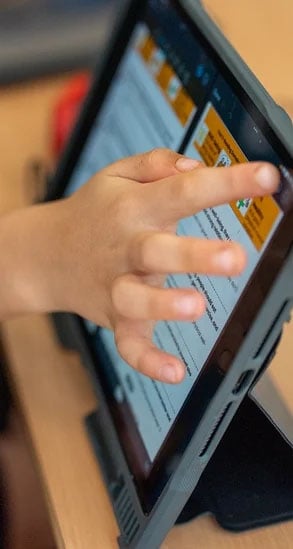

Designed for Education.
Optimized for iPad®.
Powered by Pedagogy.
Strengthen research-based practice in every classroom, and leverage pedagogically aligned insights to improve teaching, learning, and student engagement at scale.


Trusted by Schools & Districts Worldwide
Since 2012, millions of educators and students across 188 countries have used Showbie to build learning environments that are more consistent, more engaging, and more effective.










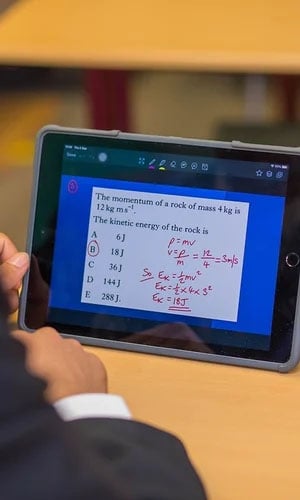
Better Teaching.
Better Learning.
Better Outcomes.
Consistent, research-based practice is essential for improving learning outcomes. That’s why our platform is built around the DNA of Learning® — a proven framework helping educators strengthen feedback, assessment, instruction, and independent practice.
With intuitive tools that streamline teaching workflows and reinforce effective strategies, Showbie empowers educators to engage students deeply, respond to learning needs with confidence, and reclaim time for what matters most.
Designed to simplify, implement and scale research-led teaching practices, Showbie is an essential platform in driving school-wide improvement and better outcomes for every learner.
Improve Education at Every Level
Schools & Districts
Streamline teaching workflows and scale research-based practices across your organization with Showbie. Track every student’s learning journey and leverage pedagogically aligned data to drive school improvement, enhance staff development, and maximize your iPad investment.
Teachers
Easy to use and designed for education, Showbie brings your entire teaching workflow together in one place. Engage students more effectively, personalize learning with real-time data, support research-based practices, and keep families connected, all while saving time.
Built to Empower Your Learning Community






Supporting Effective Teaching & Learning for All


Consolidate teaching workflows with tools that save time and enhance the consistency of research-based pedagogy.

Track every student's learning journey and harness pedagogically aligned insights to guide school improvement.
Easily monitor student progress across every activity, every subject, and every class, year after year. Keep your learning community informed with timely and relevant updates on student progress.

Make teaching and learning accessible with the easiest-to-use platform, bringing students, educators, leaders, and families together to support learning.
Improve transparency and communication across the entire learning journey.

Access flexible tools that ensure equitable access and deeper engagement for every learner.
Easily adapt essential teaching and learning workflows to support student engagement.
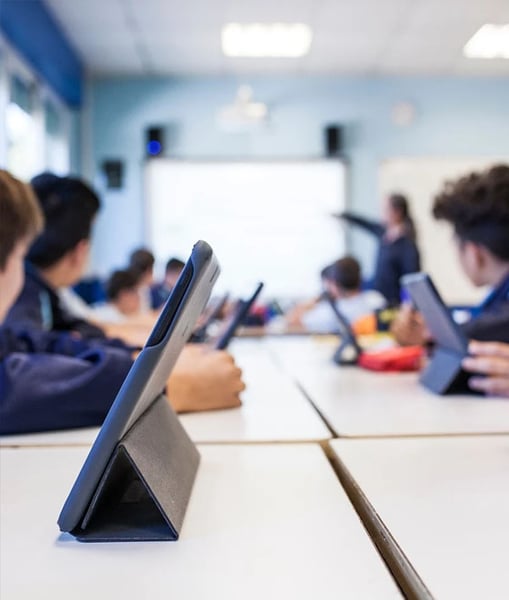
The most effective platform to transform and maximize the impact of your iPad investment from the early years through to secondary.
A Powerful Platform for K-12 Learning
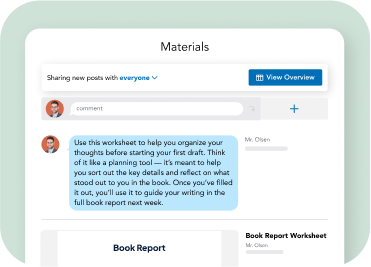
Flexible tools that streamline educator workflow
Create, manage, and share all the resources you need to tailor instruction for every learner in one platform, including activities, quizzes, lesson resources, and assessments. Upload any file type from anywhere and share them with students or colleagues.
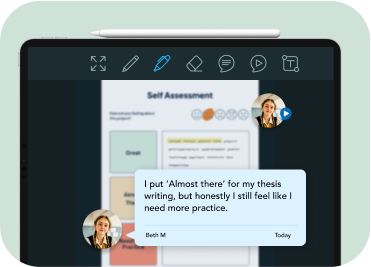
Multimodal tools that empower student agency and engagement
Empower students to showcase their learning in the way that suits them best — through digital ink, verbal and video submissions, or document scanning — with complete file format flexibility.
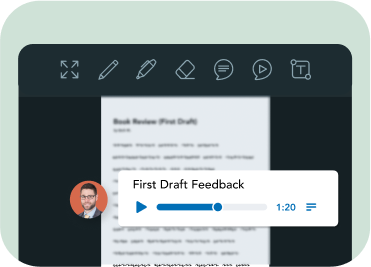
Personalized feedback and assessment that fuel deeper learning
From assessments and written work to worksheets and creative projects, reach every learner with precise, contextual, and actionable next steps to advance their learning and close feedback loops faster and more effectively.
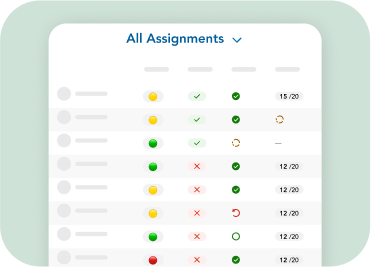
Monitor student progress with purpose
See assignment status at a glance. Check who’s turned in their work, who’s seen their feedback, and who’s still working. At-a-glance indicators make classroom management and progress tracking effortless.
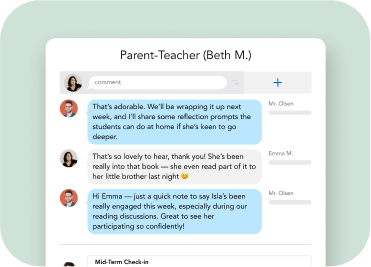
Build trust and transparency across the entire learning community
Let families stay connected to their child’s learning journey. With timely notifications and real-time visibility into classwork, feedback, and announcements, families are kept in the loop — without needing to ask — and can better support learning from home.
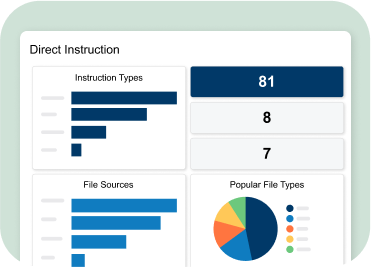
Visualize school improvement with pedagogically-aligned analytics
Assess the impact of your digital strategy at scale and identify where to target supports, such as professional learning, based on fine-grained classroom activity and engagement data.
Featured Resource
.jpg?width=585&height=409&name=sugar-golf-mqQ0BuJ5dsA-unsplash%203%20(3).jpg)
EBOOK
Crafting a Digital Strategy with Pedagogical Intent
Explore our free guide for education leaders on designing a digital strategy that prioritizes evidence-based teaching and learning. Learn how to align technology with pedagogical goals so you can maximize the impact of your digital initiatives.
Have Questions? We’re Here to Help
Yes. Showbie has been fully GDPR compliant since May 2018 and continues to ensure compliance by regularly consulting with privacy experts. You can find more detailed information about our compliance and data protection practices here.
Yes. We offer a range of onboarding support, training, and professional learning opportunities to help schools and districts successfully implement Showbie. Led by a team of experienced educators, our sessions are tailored to align with your school improvement goals, ensuring your team can confidently embed research-based practice and deliver better learning outcomes.


